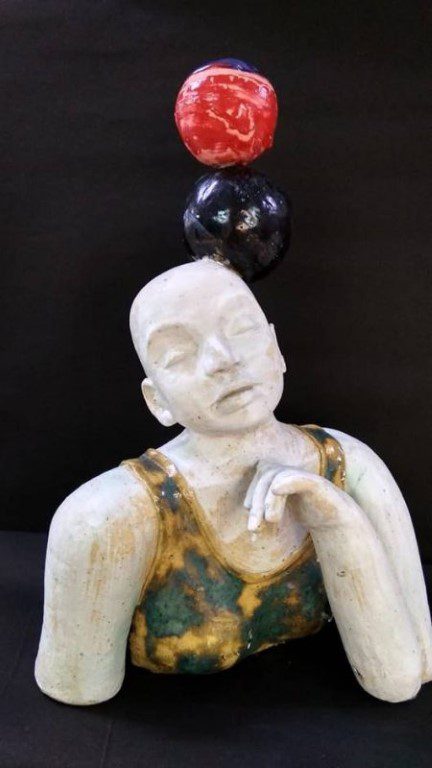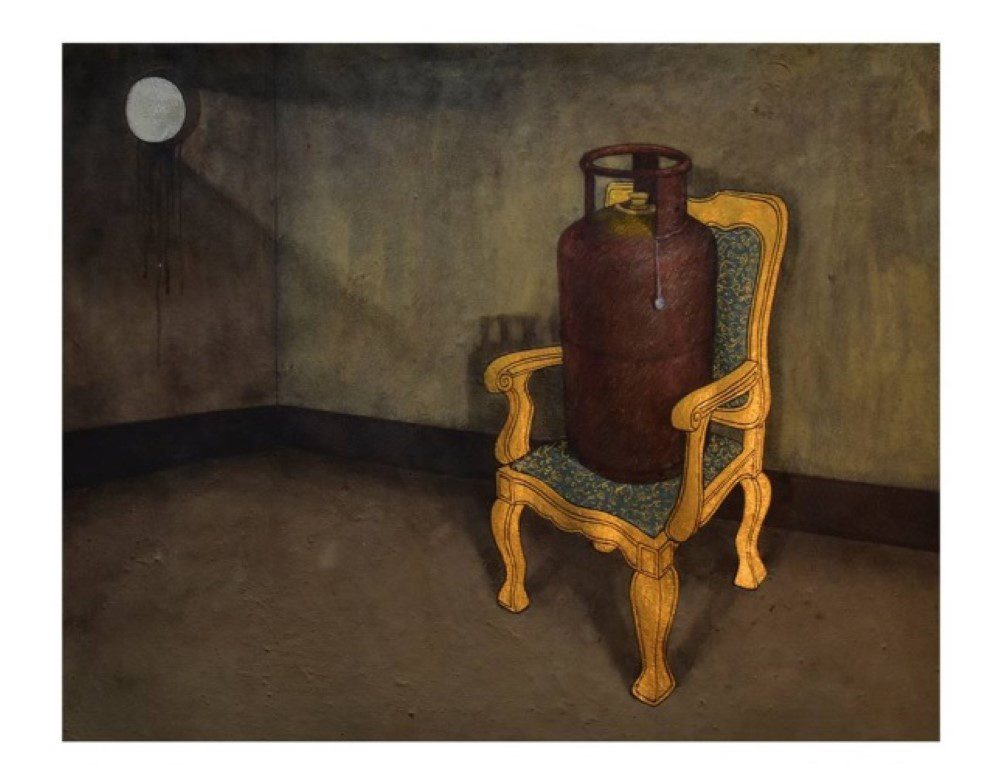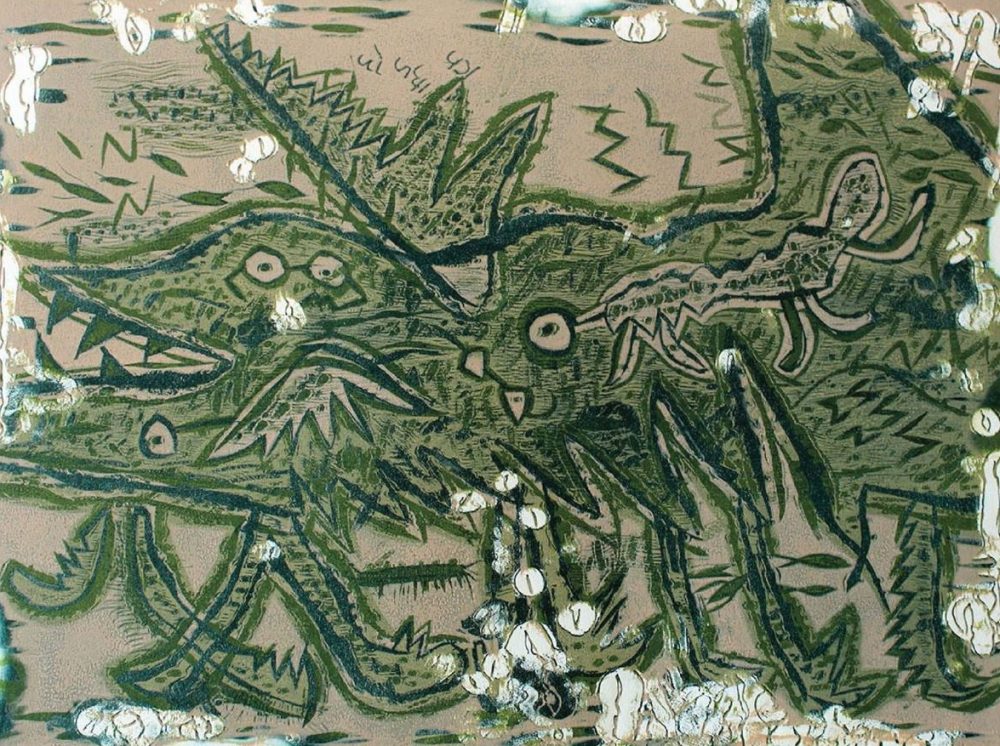Radha Sutar expresses a simultaneously dynamic and whimsical exploration of the natural world, capitalising our human place within space and time. Viewers are called to reconsider their relationship to nature, which is depicted as a rich array of textures and organic shapes. The dressing trees, e.g. are very clearly introduced not as static slabs but living elements rendering a kind of towering grandiosity that make the viewer to look up and into the hugeness of natural species selves. With intimate detail, from the bark to the leaves, and with the ebb and flow of growth and death in nature, Sutar captures what it means to age but also take life by its worn teeth.

Her abstract images enforce a feeling of change and transition, showing up in curved connected lines that refer the fluidity of being. Utilising extreme contrasts of texture and colour, Sutar examines the inevitable conflict between man-made structures and the world surrounding them. Occasionally, windows or architectural features are included beneath a striking contrast between the organic fluidity of nature and human containment / structure may warp this view. There is also something thought-provoking in these features, a kind of inward journey or symbolic way of understanding the complicity of life.

Her sprawling landscapes are her own fauna, and they talk to solitude and adventure and the infinite possibilities of existence. Feeling remote yet in the middle of it all, the expanse of oceans or skies (often with minimal intrusion from man) powerfully underscores both the loneliness and liberty that characterises being human. Paying meticulous attention to textures and iconography, Radha Sutar touches on the themes of introspective thinking, bowel passage and humanity amidst the greater circle of life. Her work mixes realism with abstraction to explore the deep emotional and spiritual story she develops during her visual narrative.
Feature Image Image:HUMAN EXCESSES 1| Courtesy: Abir Space

Iftikar Ahmed is a New Delhi-based art writer & researcher.





